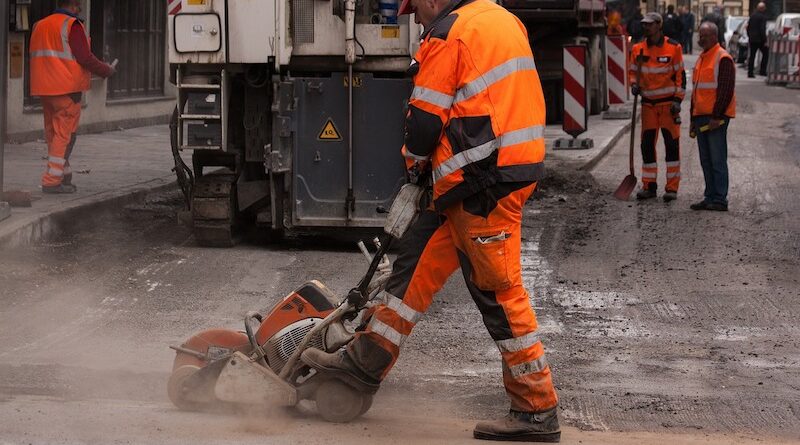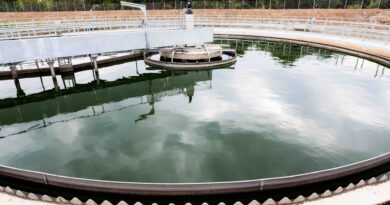It’s Tough To Build Things in America. The Energy Permitting Reform Act Could Change That
The Biden Administration is pushing for a decade of infrastructure development, with more than $1.75 trillion allocated for projects like energy, transportation, and broadband, but challenges like permitting delays threaten progress. A controversial new bill, the Energy Permitting Reform Act of 2024, seeks to ease the building of transmission lines for renewable energy while also expanding fossil fuel projects, sparking debate among environmental groups and lawmakers.
According to the Maine Monitor, summer in Maine is construction season. For months, we’ve been surrounded by people digging up roads, putting in new pipes, laying pavement, building houses. There are solar panels going up, wind turbine blades being ferried from place to place.
The Biden Administration hopes we’re in not just a season, but an infrastructure decade. In the past few years, Congress has allocated more than $1.75 trillion for transportation, energy, water resources and broadband, money that is intended to be spent over the next five to ten years. Getting that money out the door and spending it on the things it was intended for is, of course, the hard part. Decisions over what projects get built, how they’re designed, who’s going to build them, where they’re going to go — those choices will happen at the state and local level.
That allows people to have a say in what’s appropriate for their communities. But it also means many of these projects may never materialize, hung up in reviews and permitting processes. The U.S. added a record amount of energy from solar, wind and batteries to the grid last year – around 40 gigawatts. Another 63 gigawatts are planned for this year.
But an analysis by three groups tracking the implementation of the Inflation Reduction Act and the Infrastructure Investment and Jobs Act suggests that won’t be enough to meet our emissions reduction targets, which will require adding roughly 70 to 126 gigawatts of renewable electricity capacity each year between 2025 and 2030.
If we don’t make it easier to build large infrastructure projects, particularly the transmission lines that are currently one of the primary hurdles to adding renewables to the grid, the analysts wrote, we likely won’t meet those goals.
“The biggest barriers to deployment between now and 2030 are non-cost in nature—like siting and permitting delays, backlogged grid interconnect queues, and supply chain challenges.”
Enter the Energy Permitting Reform Act of 2024.
It sounds boring, but the implications could be huge. Broadly speaking, the bill is a very messy compromise that would make it easier to build transmission lines, boosting the connection of solar and wind to the grid, while also giving a leg up to the fossil fuel industry, opening public lands and waters to oil and gas leasing, and simplifying the process of exporting natural gas. Here’s a breakdown of the provisions.
Environmental groups do not agree on whether the compromise is worth it. The Natural Resources Defense Council and League of Conservation Voters oppose the legislation, as do activist Bill McKibben and many other prominent environmental advocates.
Sen. Bernie Sanders (D-VT) voted against it in committee, saying, “Just one provision in this bill … will greenlight five massive [liquid natural gas] projects that will lock in annual carbon emissions equal to 165 coal plants.”
But the renewable energy industry and others say it’s crucial to reducing emissions and speeding up the permitting process. The bill passed out of committee with a rare bipartisan majority — 15 to 4, with Sen. Angus King (I-ME) in favor — and is now in the hands of the Senate.
“We have to have the transmission changes in order to get to the clean energy future. It’s a bottleneck,” said King. “In my view, if we vote for this bill, it will get us enormous benefits in terms of emissions, and it will speed the transition. If we vote against, we will have a slower transition and fewer emissions reductions.”



